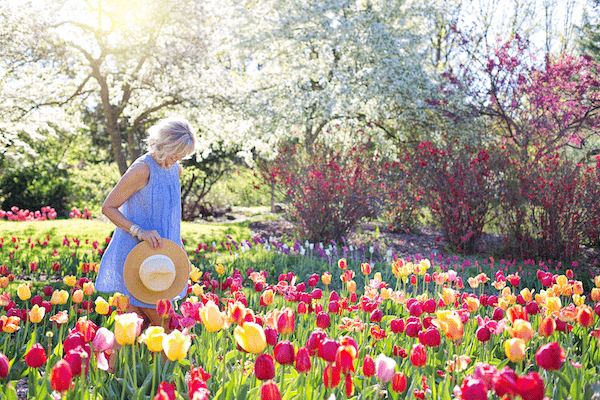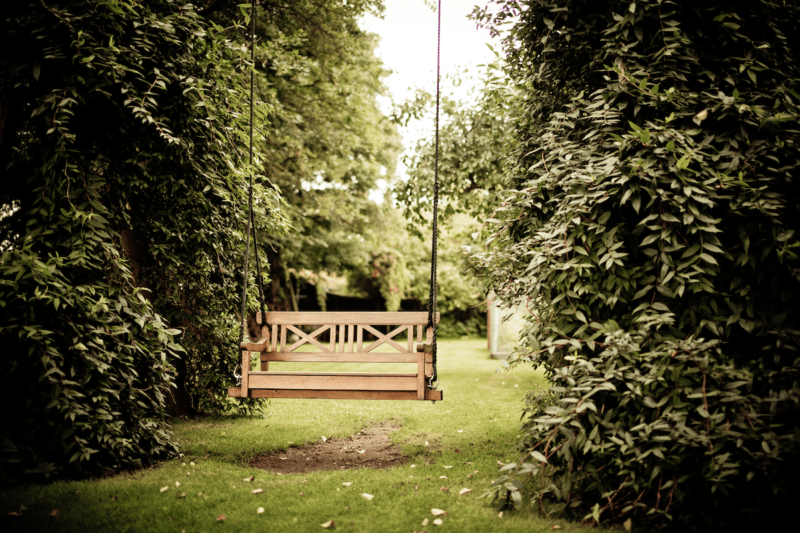Our gardens are more than just spaces filled with plants; they’re a collage of memories and efforts, a personal touch to nature. The thought of leaving your cherished garden behind can be bittersweet when you’re preparing to move. But what if you could preserve a part of it, carrying those memories with you? That is possible, and with the right approach, it can be a rewarding experience. In this guide, we explain practical ways of preserving your garden when relocating, ensuring that the love and care you’ve invested flourish, no matter where you are.
Assessing Your Garden’s Relocatable Elements
Before packing up your garden, the first step is to determine what you can take with you. Not everything in your garden can easily be relocated, so look at the health and adaptability of your plants. Well-established, healthy plants have a better chance of thriving after the move. Consider the size of the plant, its growth rate, and whether it will fit in your new space. Also, consider whether the new garden will have a similar climate and conditions to the old one, as some plants might not be easy to acclimatize.
Different gardens have different elements, and some are more mobile than others. Assess your garden type and how it might need to adapt to the move. Not everything needs to be left behind, and by making informed choices, you help your new garden carry a piece of your old one’s essence.
Techniques for Transplanting Your Favorites
After you decide which plants to take with you, it’s time to learn the art of transplanting- this involves moving a plant from one location to another, and it’s important to do it correctly. Proper techniques help your favorite plants survive the move and thrive in their new environment, so try to follow these stages:
1. Preparation: Begin by watering your plants thoroughly a day or two before the move. That helps reduce stress on the plants.
2. Digging Up the Plant: Carefully dig around the base of the plant, trying to preserve as many roots as possible. Use a sharp spade or shovel to avoid damaging the roots.
3. Root Pruning: If your plant has a large root system, consider root pruning to reduce its size. That will make it more manageable during the move. Pruning any dead or damaged branches will reduce stress on the plant.
4. Potting: Place the plant in a suitable pot with well-draining soil. Make sure the pot has drainage holes.
5. Watering: Water the newly potted plant thoroughly, ensuring the soil is evenly moist, and keep them well-watered in the weeks leading up to the move.
6. Transport: Protect your plants from extreme temperatures and wind during transportation. Avoid placing them in a hot car trunk or an overly cold space. Once you’ve reached your new location, plant your transplants as soon as possible to minimize shock.
Remove other plants with bulbs, like tulips or daffodils, from the ground, ideally after they’ve wilted their flowers, and keep them in a cool, dark, and dry place. For some perennial herbs, you can just take a part of the full plant; for roses, a properly cut branch can rebirth them.
Preserving Your Garden’s Legacy
Photographs are one of the best (and sometimes easiest) ways to capture your garden’s essence. Start by making sure you choose the right time, as the best moment to photograph your garden is during the golden hours – early morning or late afternoon. Respond to composition and frame your garden’s key features like flowers, pathways, or unique structures. Use natural elements like trees or bushes as framing devices.
You can also get up close and personal with your plants with macro photography, which reveals intricate details that might go unnoticed. Don’t forget wide shots to capture the garden’s overall beauty by standing back and taking in the entire scene. It also helps to photograph your garden throughout the year to document its evolution and capture the beauty of each season.

Sharing the Legacy: Plant Giveaways and Donations
Sharing your plants with friends and neighbors is a heartwarming way to pass on the legacy of your garden, and a great way to do it is to organize a plant-sharing event. Invite friends, neighbors, and fellow garden enthusiasts to your event using social media, community bulletin boards, or word of mouth. Choose a variety of plants from your garden to share that are easy to care for, as well as any special favorites. Arrange your plants neatly, provide labels with care instructions, and ensure you have enough pots or containers. You can also encourage attendees to bring their greens to exchange, creating a sense of community and diversity in the event. Share your knowledge about the plants you’re giving away and provide tips on care and maintenance.
Another way to share your garden’s legacy is by donating plants to local communities. Contact local botanical gardens, community gardens, or schools to inquire if they would welcome plant donations. Ensure the plants are well-potted and healthy before donating, and include care instructions if possible. By donating your plants, you’re preserving your garden’s legacy and enriching the green spaces in your community. It’s a gift that keeps growing for you and your community.
Preserving Your Garden When Moving Away: Replanting in New Grounds
Starting afresh with a new garden in your new home is a chance for renewal. While it may be different from what you’re leaving behind, it can still carry the spirit of your old garden.
Creating a garden that resonates with the one you’re leaving behind requires thoughtful planning, so start by mapping your space. Assess your new outdoor space and create a rough garden layout, considering sunlight, shade, and soil quality factors. Choose plants that can thrive in your new environment. If possible, include some of your favorite plants from your old garden. You can also integrate elements from your previous garden, such as garden art, into your new landscape. Also, if this is not your first rodeo and you’re in the category of frequent movers, maybe consider portable gardens.
A garden is not just a plot of land but also the energy and love we bring to help it flourish.
Remember that every location has its unique climate and conditions, and it’s valuable to understand the local climate, soil type, and typical weather patterns. Learn about the specific care requirements of plants that are new to your area, but also be open to experimentation and adjust your gardening approach based on what works best in your new environment.

Final Reflections
As you embark on this new chapter, remember that your garden’s legacy is everlasting. Starting anew in a different location offers growth and renewal opportunities, so be open to embracing the uniqueness of your new gardening environment. Visualize the green space you want to create in your new home. Take this as a chance to explore new plant varieties and gardening techniques and let your creativity flow.
Reflect on the emotional bond you’ve shared with your garden and how it has enriched your life. Preserving your garden isn’t just about relocating plants; it’s about nurturing the memories and emotions your haven has brought into your life. As you tend to your new flowerbed, carry with you the wisdom and love cultivated in your old one and its everlasting legacy, which will surely bloom in your heart.
Author’s Bio: Jenny Meddington is a seasoned gardening enthusiast and relocation consultant at preferred-movers.com, a family-owned and highly professional moving business. With years of experience in both fields, she brings a unique perspective to preserving gardens during moves. Jenny is passionate about helping readers maintain their green sanctuaries while embarking on new adventures.
Photos used:
Swing with green bushes
Person holding a succulent plant.
A woman walking in a bed of tulips.
